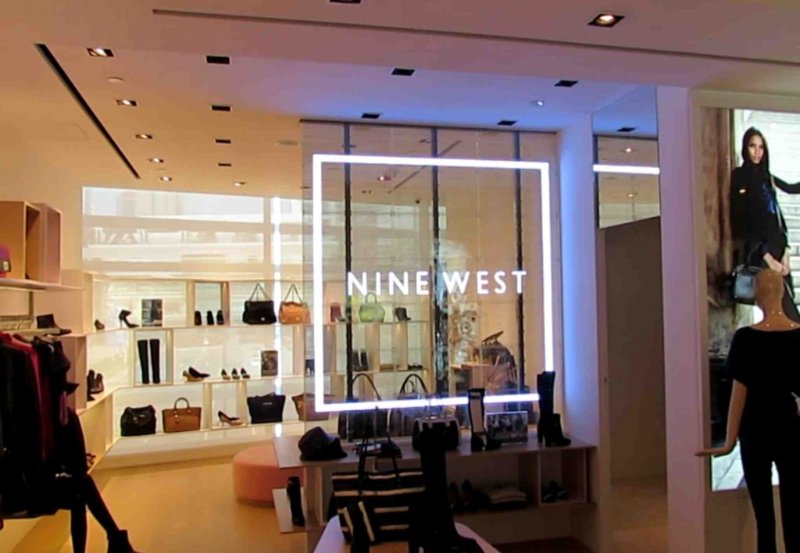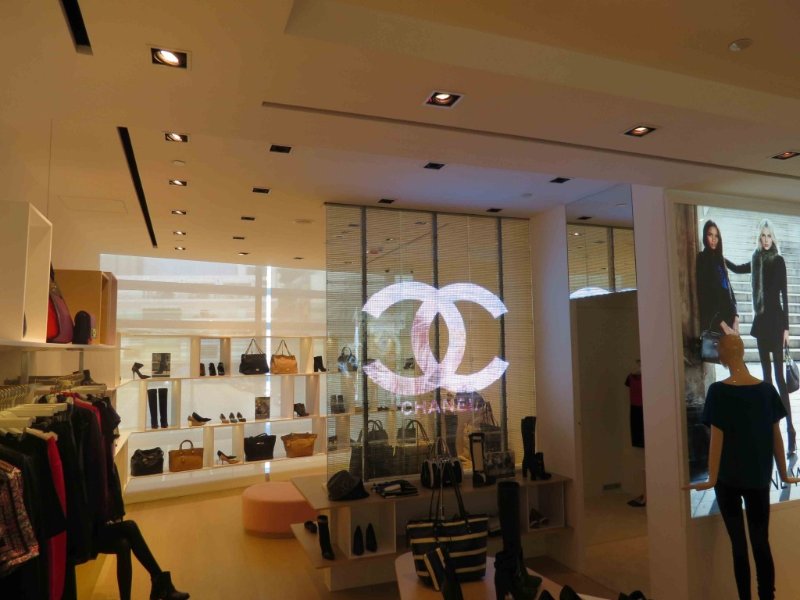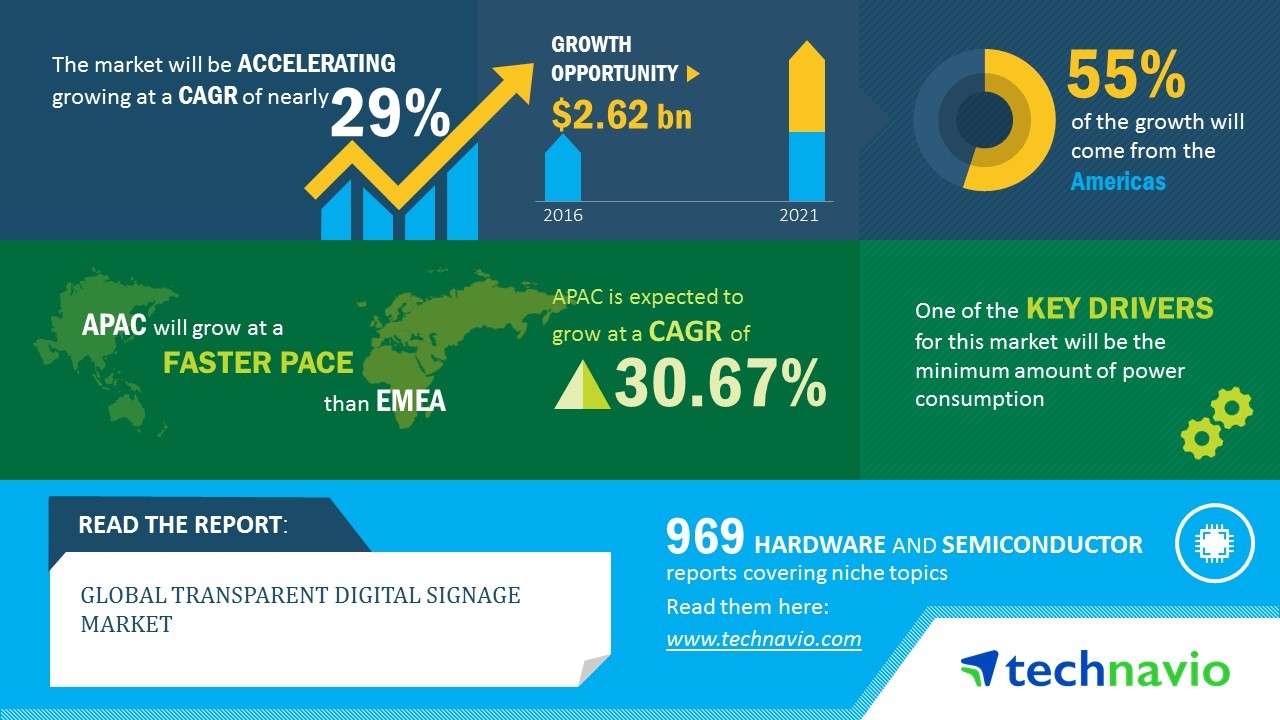Retail remains the largest end-user group for transparent digital signage, according to a new report from market research firm Technavio, which predicts the technology will experience a compound annual growth rate (CAGR) of 29 per cent from 2017 to 2021.
The report defines segments of the global market for transparent digital signage both by geography—including the Americas, Asia-Pacific (APAC) and Europe, the Middle East and Africa (EMEA)—and by end user, such as the automotive, media and entertainment industries.
In 2016, the retail segment dominated the market, with a nearly 36 per cent share, and the Americas were even more dominant geographically, with more than 55 per cent. The leading manufacturers of transparent digital signage displays include LG Electronics, Panasonic, Planar Systems and BenQ.
One of the major factors driving the implementation of transparent digital signage is the technology’s minimal power consumption. The ultra-thin and flexible displays that can turn glass windows into touch screens use only 10 per cent as much power as is needed to run a conventional liquid crystal display (LCD).
“This is because they use ambient light during the day and then change to a dark background in nighttime mode,” explains Jujhar Singh, a lead analyst for Technavio’s displays research group. “They provide powerful customer engagement, both for retailers themselves and for third-party advertisers.”
The screens also allow high-resolution motion graphics to be displayed on retail surfaces—such as in-store fridge doors—where they were not possible before.








